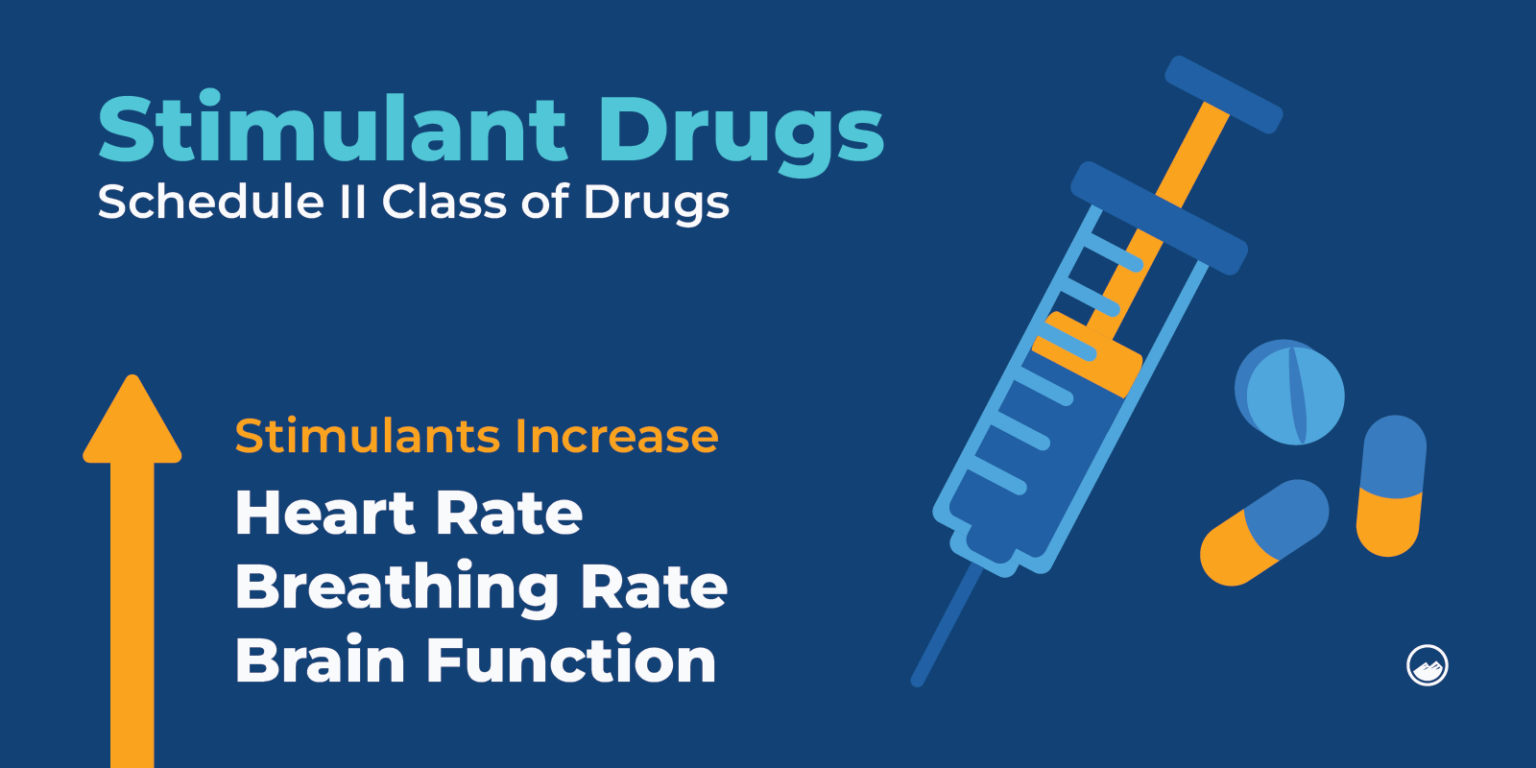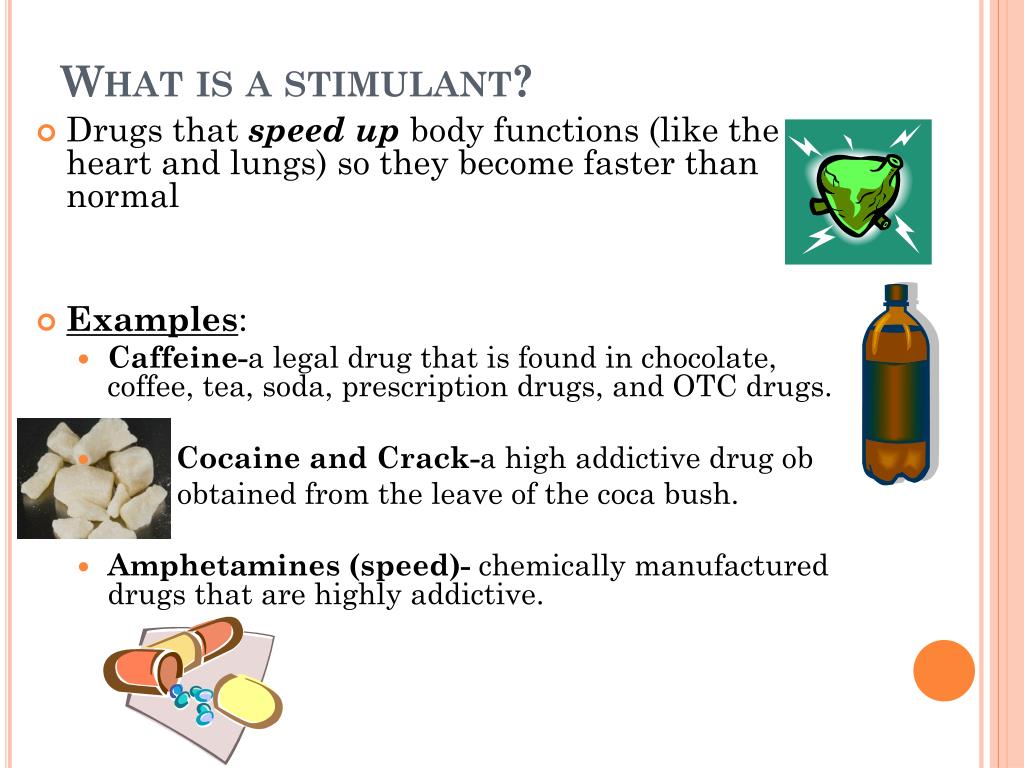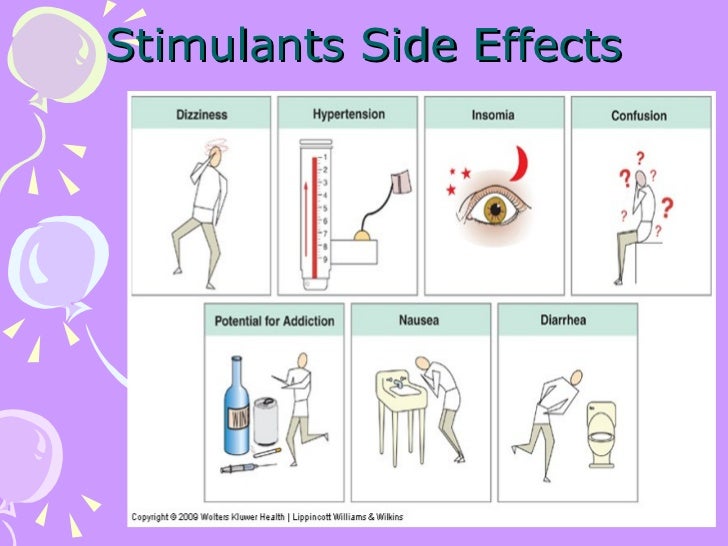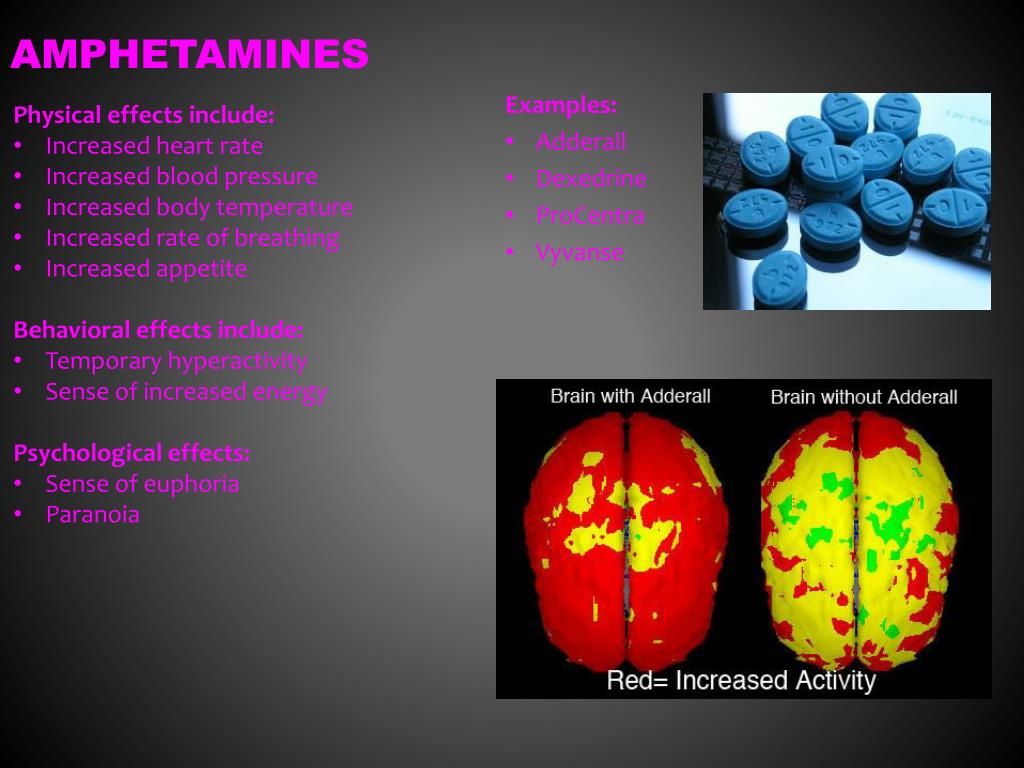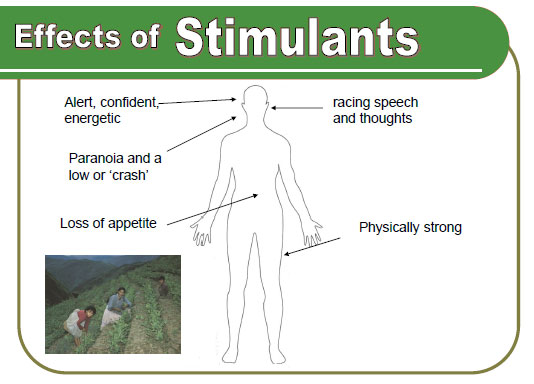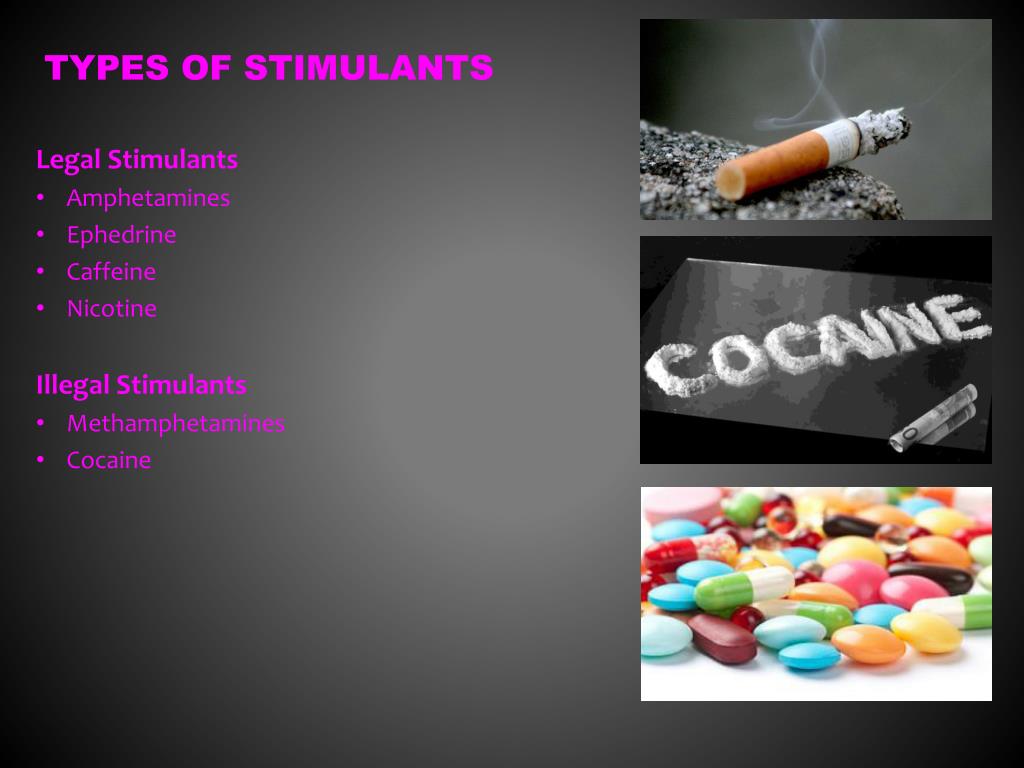Which Is Not A Physiological Effect Of Stimulants

The use of stimulants, both legal and illicit, is pervasive in modern society. From prescription medications for ADHD to recreational drugs like cocaine, their impact on the human body is complex and widely studied. However, misconceptions about their effects are also common, potentially leading to dangerous consequences for users and those around them.
This article aims to clarify the physiological effects of stimulants, specifically highlighting one purported effect that is *not* directly caused by these substances. Understanding this distinction is crucial for informed decision-making regarding stimulant use, as well as for accurately diagnosing and treating related health issues.
Understanding Stimulants and Their Physiological Effects
Stimulants are a class of drugs that enhance the activity of the central nervous system. They work primarily by increasing the levels of certain neurotransmitters in the brain, such as dopamine, norepinephrine, and serotonin. This surge in neurotransmitter activity leads to a cascade of physiological responses.
Common physiological effects of stimulants include increased heart rate and blood pressure. Furthermore, they can cause heightened alertness, reduced fatigue, and improved focus, at least in the short term.
The Proven Effects: A Detailed Look
Increased heart rate, or tachycardia, is a well-documented effect of stimulant use. This happens because stimulants activate the sympathetic nervous system, preparing the body for "fight or flight."
Similarly, blood pressure typically rises as blood vessels constrict. This constriction is another consequence of sympathetic nervous system activation.
Stimulants also affect the respiratory system, often leading to increased breathing rate and bronchodilation. This helps deliver more oxygen to the body, which aligns with the "fight or flight" response.
Another significant effect is appetite suppression. Stimulants can reduce hunger signals in the brain, leading to decreased food intake.
Finally, many stimulants can cause mydriasis, or pupil dilation. This effect is also linked to sympathetic nervous system activity.
The Misconception: Increased Bone Density
While stimulants have numerous effects on various bodily systems, the notion that they directly increase bone density is generally *not* supported by scientific evidence. In fact, some research suggests the opposite might be true under certain circumstances.
Several studies have explored the relationship between stimulant use and bone health, particularly in the context of ADHD medications. The results have been mixed, with some showing no significant association and others indicating a potential *decrease* in bone mineral density, especially in children and adolescents.
For example, a study published in the journal "Frontiers in Endocrinology" suggested that long-term stimulant use in children with ADHD might negatively impact bone growth. This could be attributed to factors like appetite suppression and reduced physical activity, which are indirect consequences of stimulant use.
Possible Explanations for the Misconception
The confusion might arise from the fact that some lifestyle factors associated with stimulant use, such as increased physical activity (in some individuals), could *indirectly* benefit bone health. However, the stimulants themselves are not directly responsible for increasing bone density.
It is also possible that studies on specific stimulants or populations are misinterpreted. For example, some studies might focus on the effects of stimulants on muscle mass, which can indirectly influence bone density, without directly addressing the primary impact of stimulants on bone itself.
Furthermore, general confusion about the effects of medications on the body may blur the line. The complexity of drug interactions and individual responses makes it challenging to isolate specific effects.
Expert Opinions and Research Findings
According to Dr. Emily Carter, an endocrinologist specializing in bone health at the National Institutes of Health, “While some individuals taking stimulants might engage in more physical activity that could benefit their bones, the medication itself does not directly increase bone density. In fact, we often monitor bone health in children on long-term stimulant therapy to ensure they are getting adequate nutrition and physical activity."
The American Academy of Pediatrics also emphasizes the importance of regular monitoring of growth parameters, including bone health, in children treated with stimulants for ADHD. They recommend ensuring adequate calcium and vitamin D intake to support optimal bone development.
Research consistently emphasizes that maintaining a healthy lifestyle, including a balanced diet and regular weight-bearing exercise, is crucial for bone health, regardless of stimulant use. These factors directly stimulate bone formation and maintenance.
Conclusion: Separating Fact from Fiction
While stimulants have a wide range of physiological effects, directly increasing bone density is *not* one of them. Stimulants impact neurotransmitter levels and various body systems, leading to increased heart rate, alertness, and appetite suppression.
However, bone health is more dependent on lifestyle factors, genetics, and overall nutritional status. Confusing indirect influences with direct effects is a common pitfall when understanding drug impacts.
It is essential to rely on evidence-based information from reputable sources when considering the effects of stimulants, both for personal health and for accurate medical advice. Consulting with healthcare professionals for personalized guidance is always recommended.



